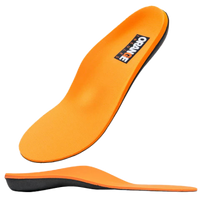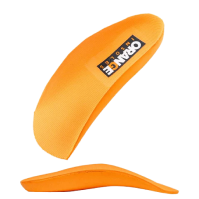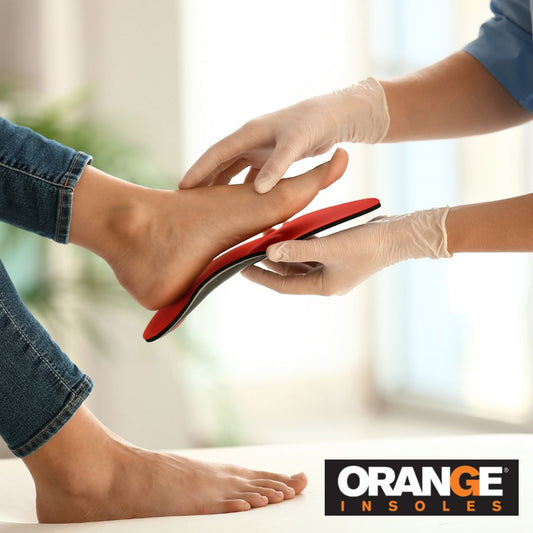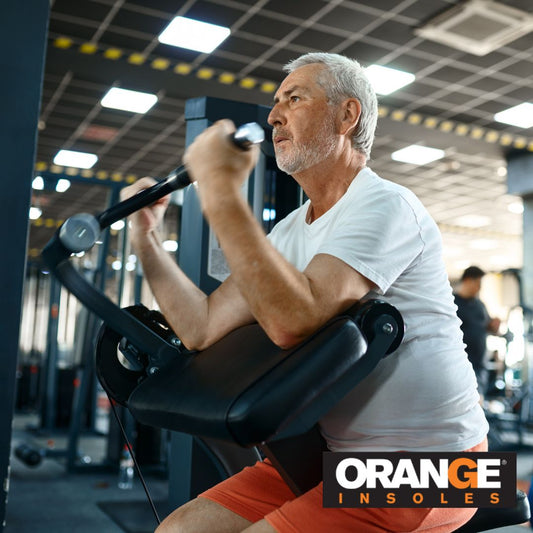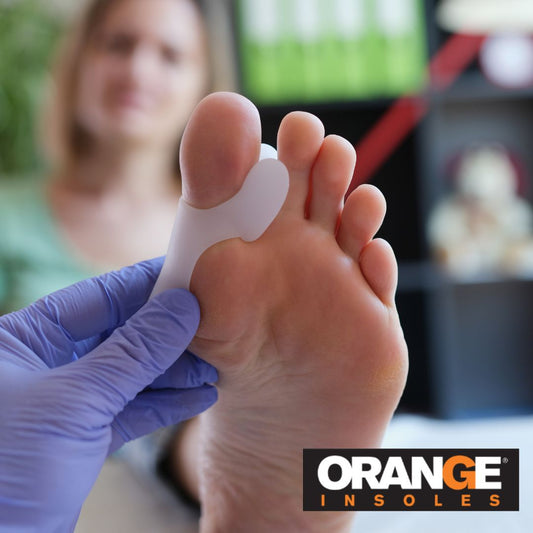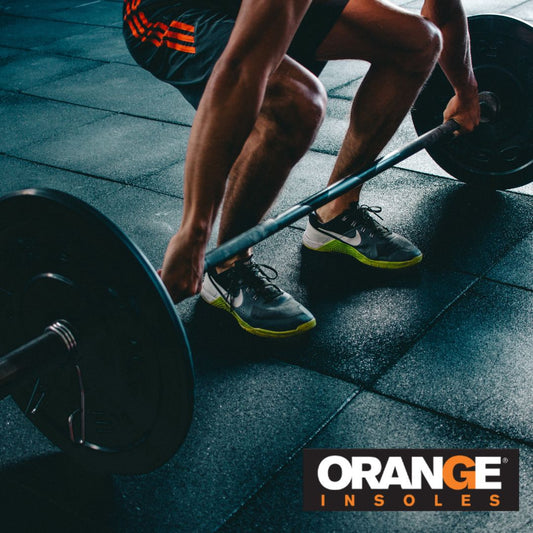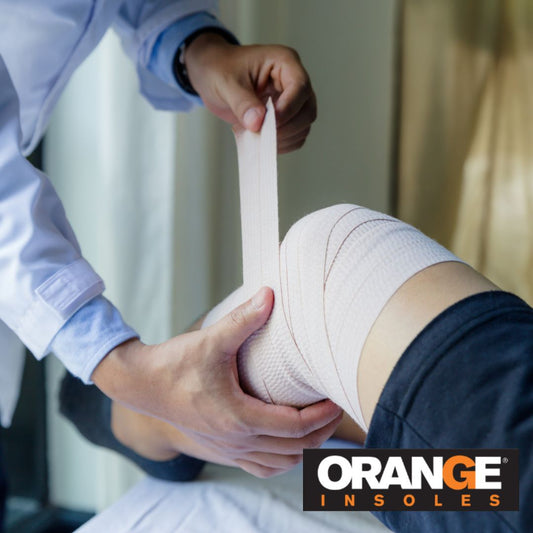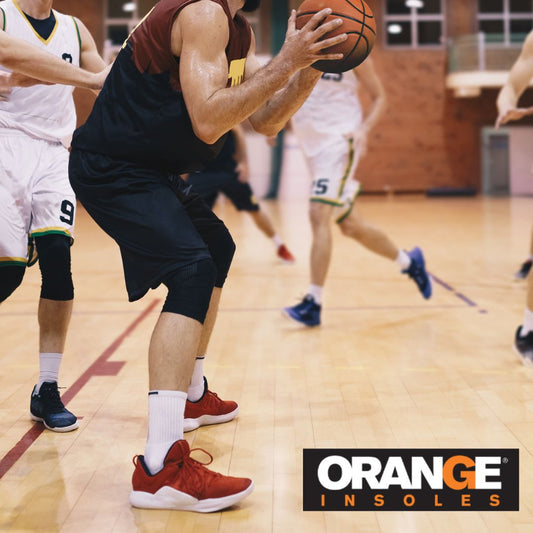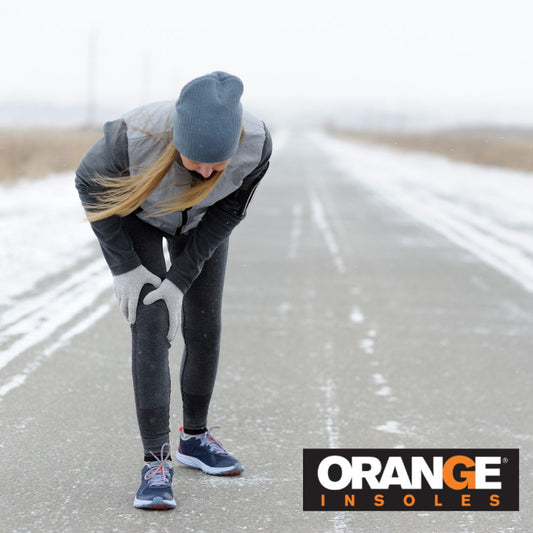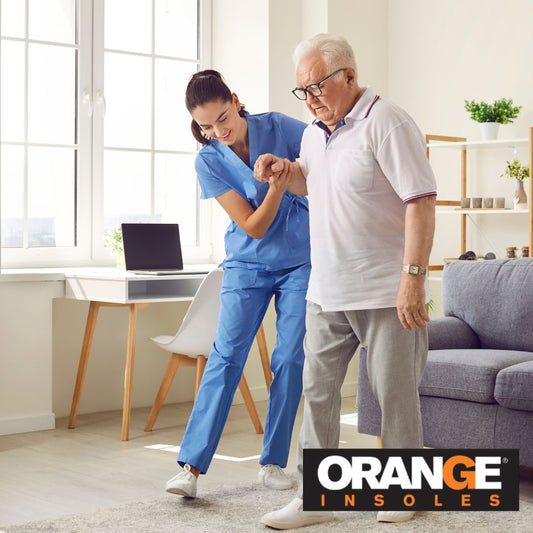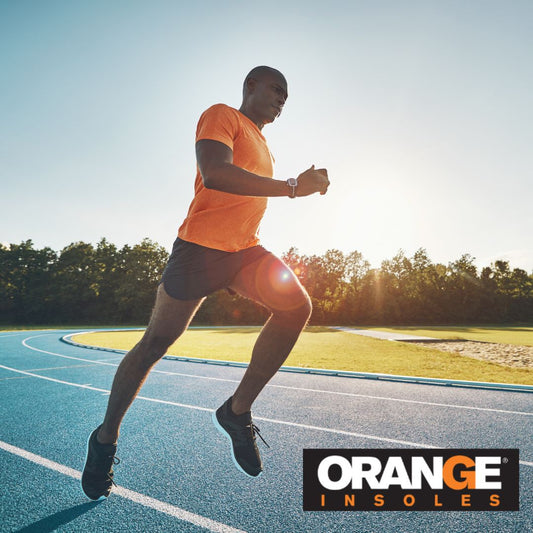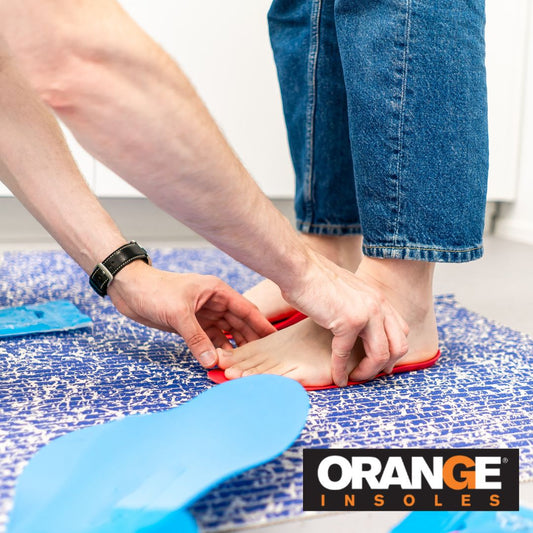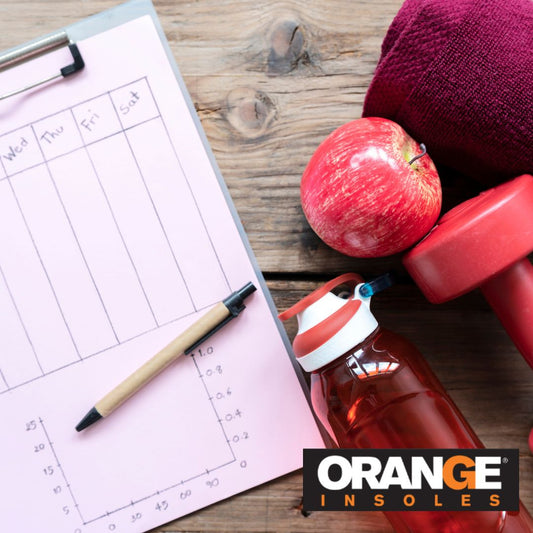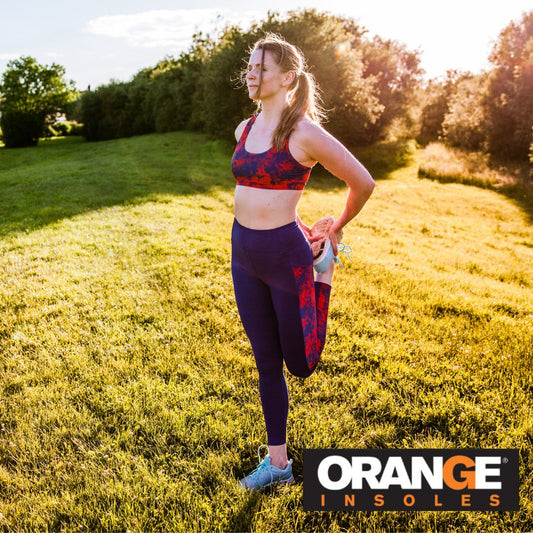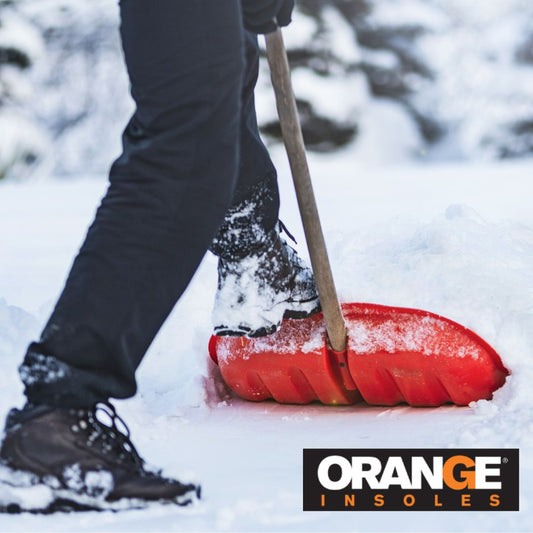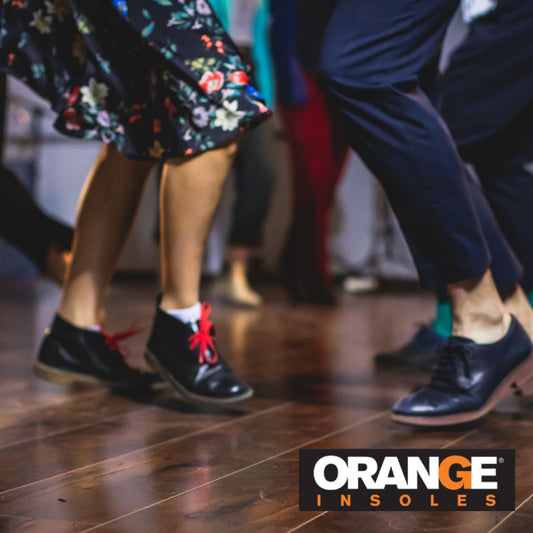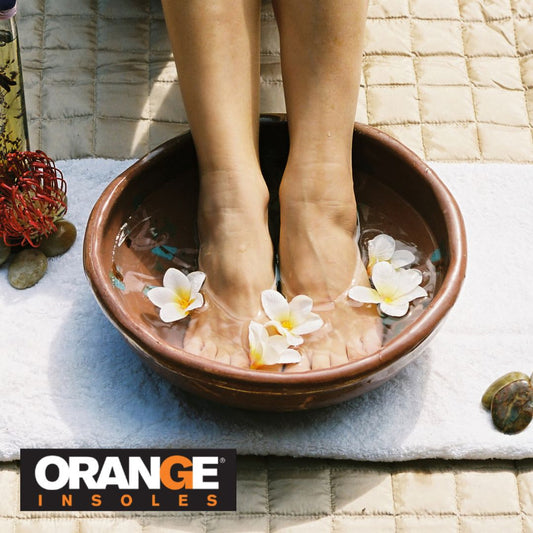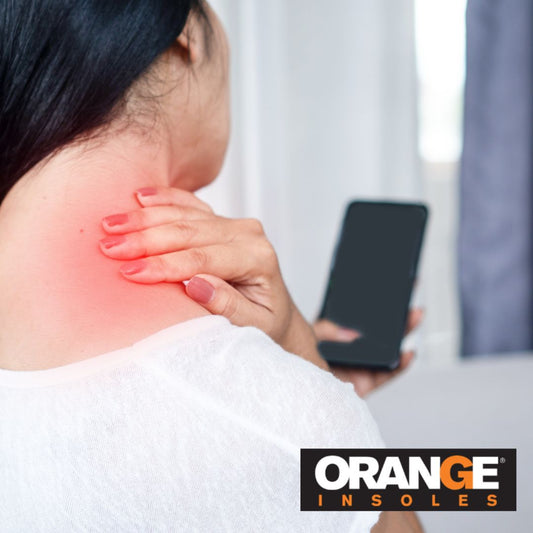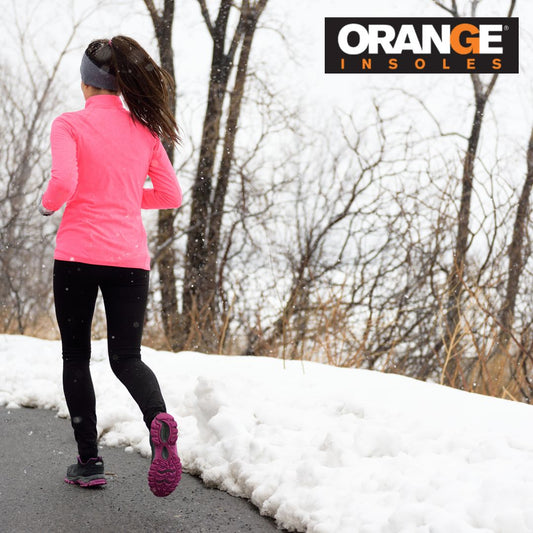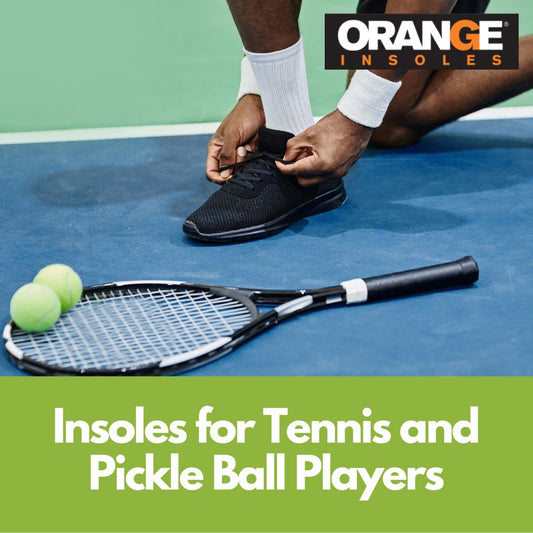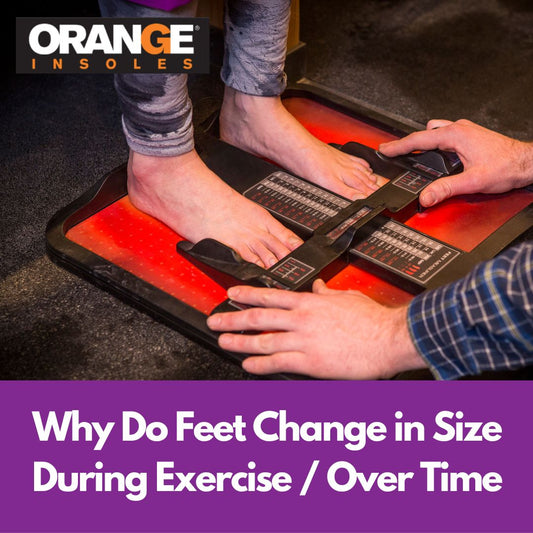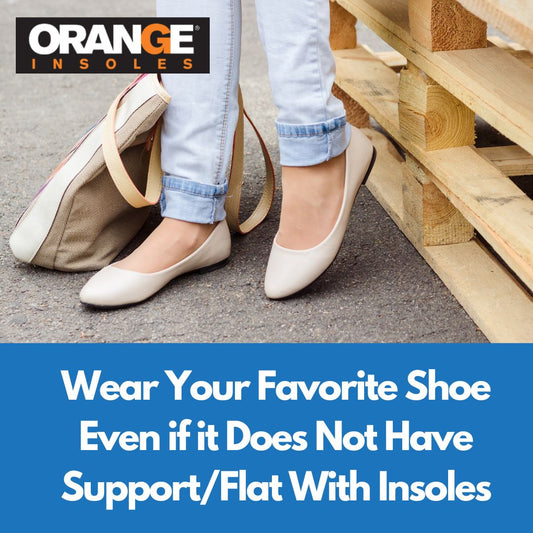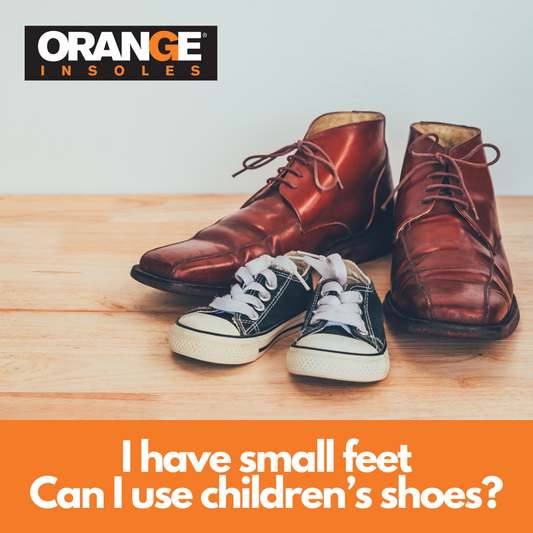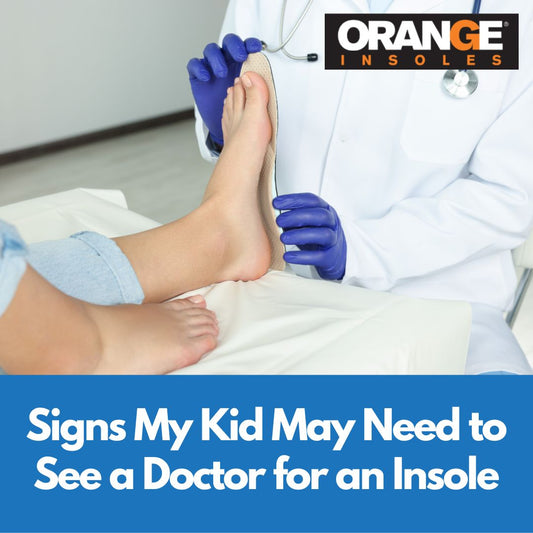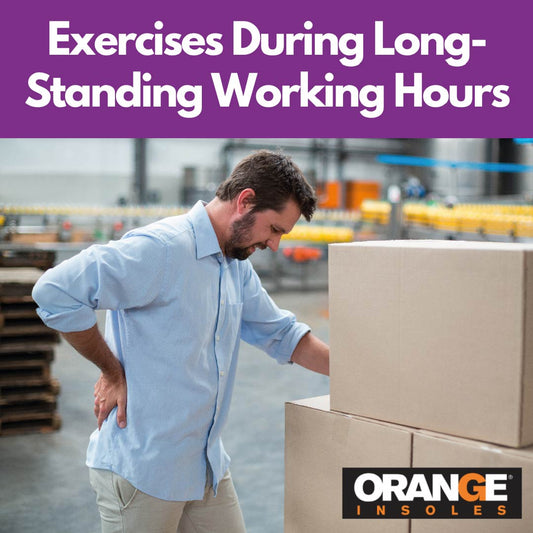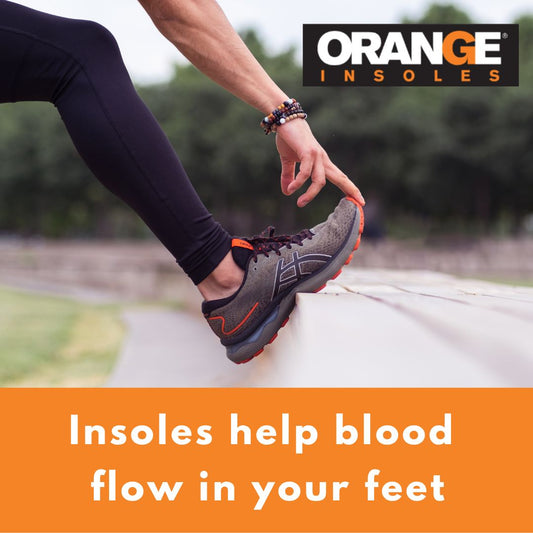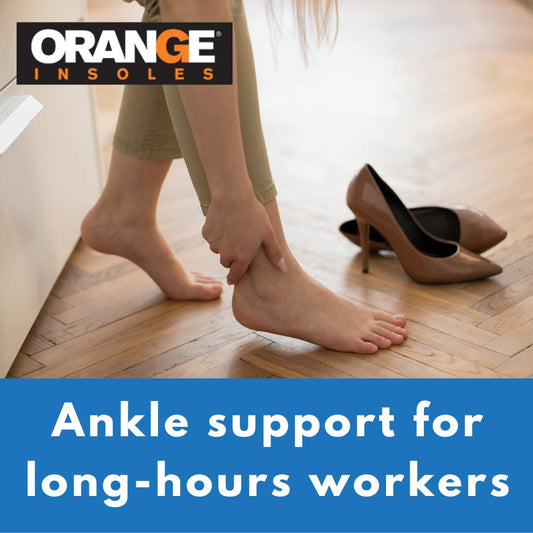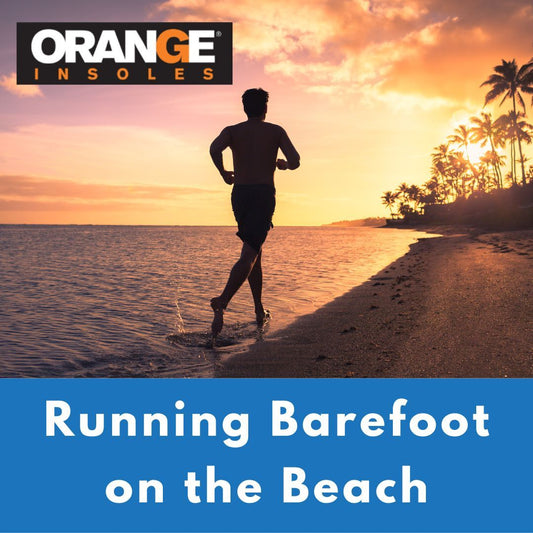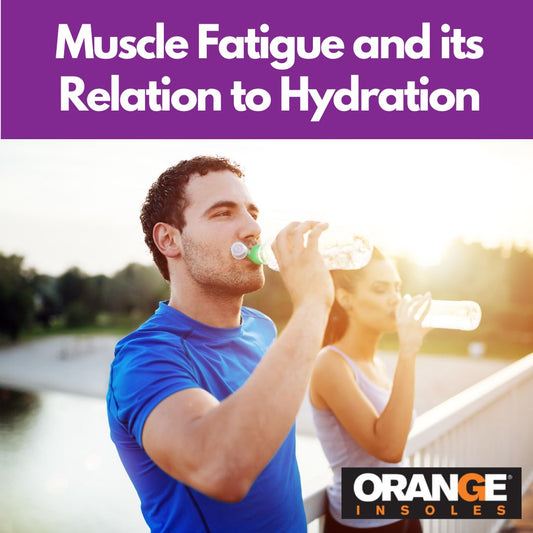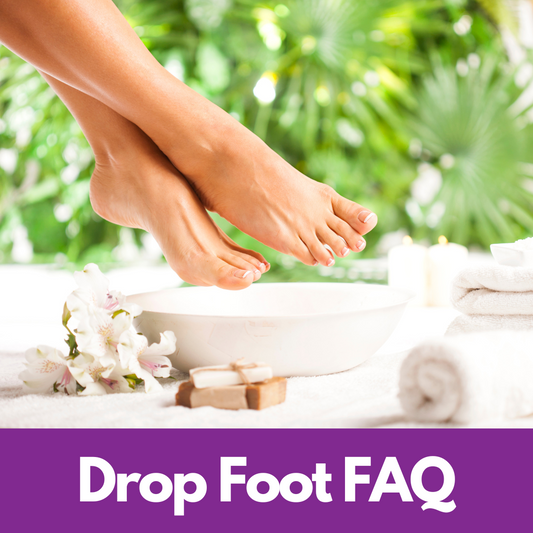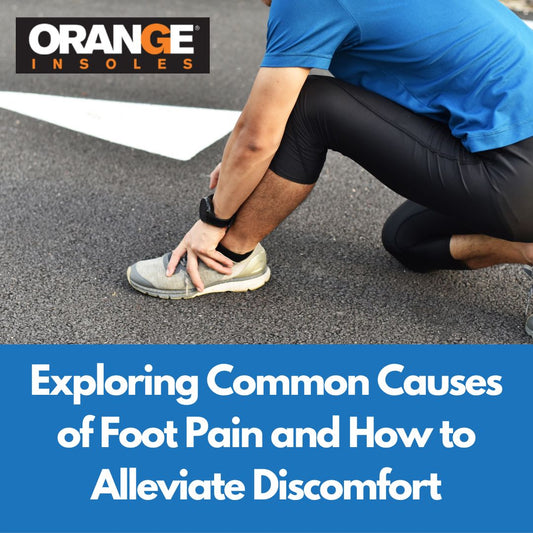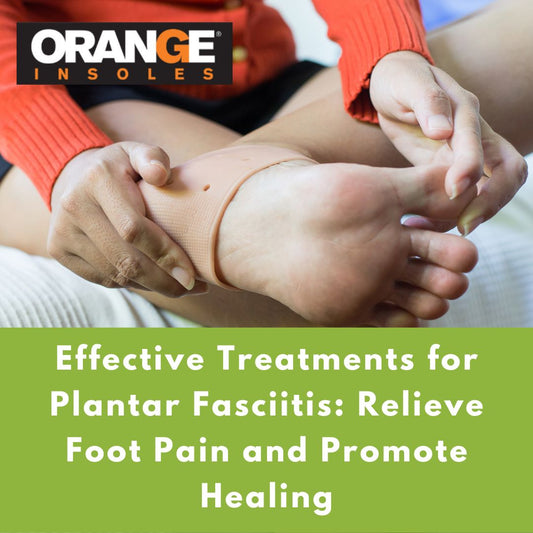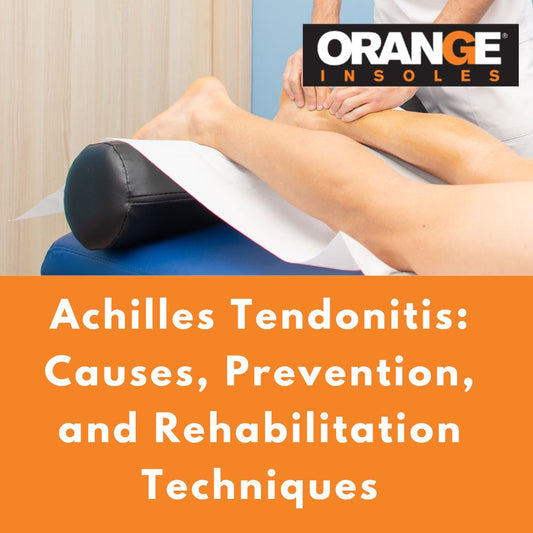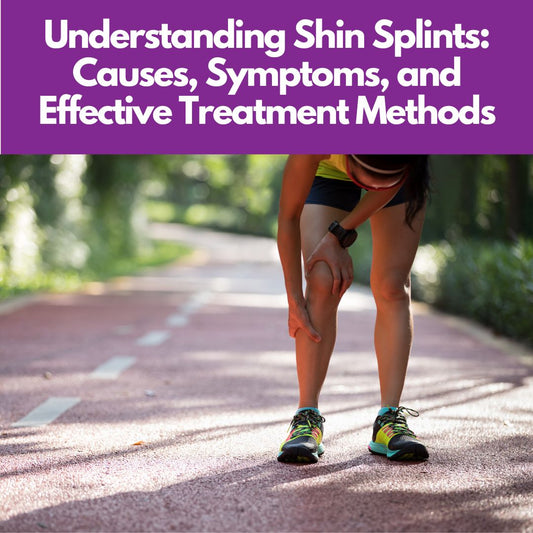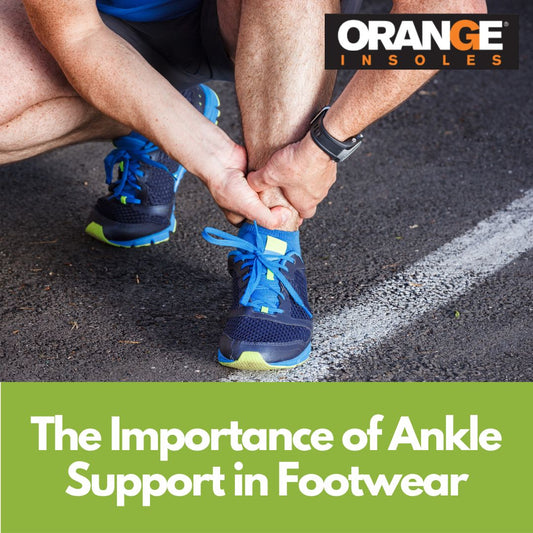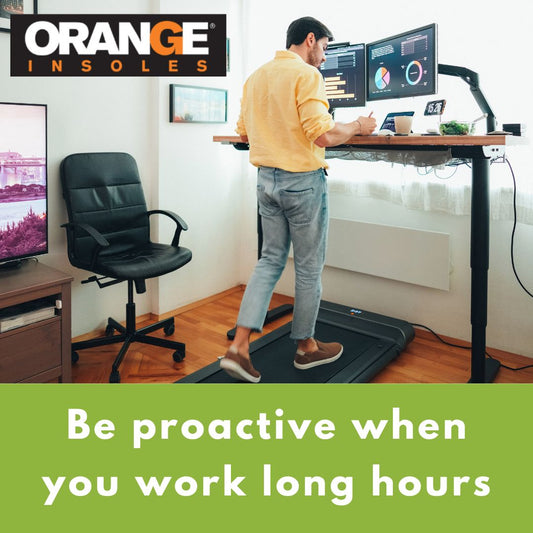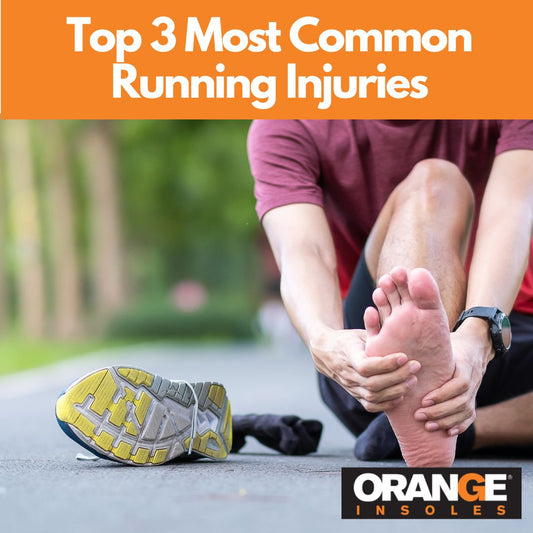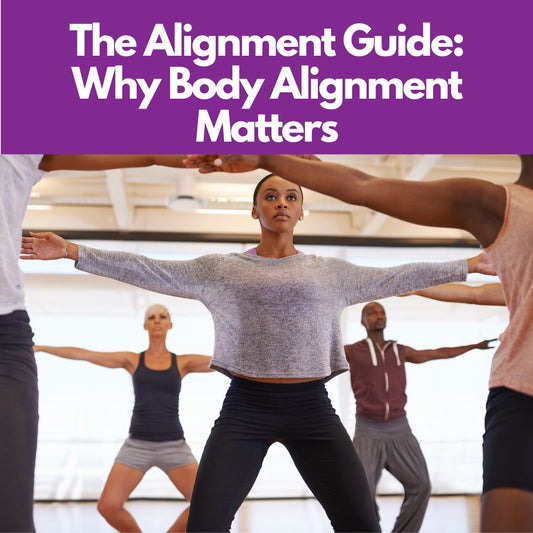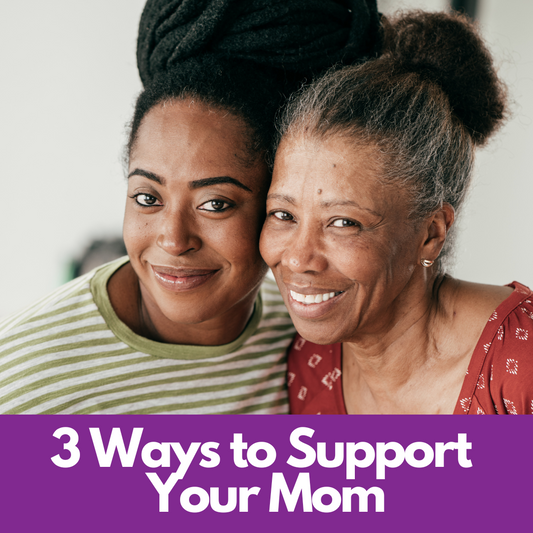Hip pain isn't just for older people. Anyone can experience hip pain or bursitis at any time (even though it gets more common as we get older).
Thankfully, with a little effort and the right support (that's where we come in!) - you can reduce (or even eliminate) hip pain altogether.
What Causes Hip Pain
There are many reasons why our hips and lower back hurt, including genetics, flat feet, overpronation, and muscle imbalances.
What do these all have in common? Excess torque caused by misalignment.
(Check out this Quick Guide to Hip Alignment!)
When there’s misalignment at the foundation of the body, it causes excess torque, which pulls the body in one direction or another. This displaces weight and pressure unevenly across the body, causing one side of the body to work harder than the other.
Over time, this leads to excess wear on one side of the body, which then reverberates throughout other parts of the body. In some cases, hip pain may actually be transferred up to the upper back and neck.
It’s all connected and when the connections are pulled in one area, it can impact all other areas.
(Why are we always talking about alignment? Because everything is connected! Learn more here!)
Muscle Imbalances & Genetics
Genetics can be an important contributor to hip pain.
For example, you may be prone to over-pronation or tend to walk in a way that adds excess stress to certain areas of your body. In these cases, you want to make sure you’ve got the right shoe support, but you may also have to re-learn how to walk properly.
In other cases, you may genetically have one leg that’s slightly longer than the other. This is called a leg length discrepency and it's more common than you might think. Even a discrepancy of just ¼” can, over time, lead to the kind of misalignment that puts excess torque on your body.
In those instances, you may need more than just great insoles, but actual orthotics recommended by a doctor.
(Not sure which one is right for you? Check out this guide)
Muscle imbalances can occur naturally in the way we move. But, they can be exaggerated by the activities we undertake.
We see this more often with people who lift weights; they might have overdeveloped quads and underdeveloped hamstrings. Most of our muscles have opposing muscles that keep us in balance. If we exercise one muscle group without considering it’s opposing muscle group, we can develop imbalances...which can lead to pain
How to Manage Hip Pain
In order to manage hip pain, we need to take a three-pronged, holistic approach: we must stretch, strengthen, and support.
Habit 1: Stretching
Occasionally it happens that our bodies are too strong or too tight in one particular area. This pulls on other muscles and parts of the body, resulting in imbalances, torque, and misalignment.
Stretching these tight muscles on a daily basis can go a long way to realigning your body and decreasing hip pain.
Not sure where to start? We recommend these helpful stretches.
One area that’s commonly overlooked are the calf muscles. Tight calves can really pull and misalign your body. Especially if the soleus gets tight. This small muscle is often overlooked and, being tight, can pull you out of alignment.
(Got a muscle cramp in your calf? Charlie horses are no fun. Here's how to prevent them)
Remember, your hips are in the middle of your body, so tight muscles below, at the body’s foundation, can reverberate throughout the rest of the body.
Habit 2: Strengthen
While stretching can help with misalignment, it’s important not to overlook strengthening. Muscle imbalances often occur because one muscle is stronger than the opposing muscle.
Doing exercises that focus on one side of the body and then the other are a helpful way to make sure you’re addressing imbalances (this is called Unilateral Training). For example, single-leg squat exercises can help improve balance and alignment on both sides of the body, rather than allowing one side to overcompensate for weakness in the other.
A few exercises to try include:
- Calf raises
- One legged stands
- One legged squats
- Using your toes to pick up marbles (to strengthen the soleus)
- Lunges
Habit 3: Support
Finally, you want to make sure you have the right shoe for your foot type. The shoe has to have good support. If your foot is rolling in, you want to make sure you have good support under the arch to prevent that from happening.
This is especially true if you work on your feet all day (like in construction, food service, or retail), wear nice dress shoes, or high heels, your feet might be sore and that can lead to hip pain. In these cases, good support is absolutely crucial.
But there's not a complicated fix. You just want to make sure you have the right kind of support for your shoe.
How to Tell What’s Causing Your Pain
One of the challenges with hip pain is telling whether it’s weak or tight muscles, genetics, or your behavior that’s causing the pain. In many cases, you may not be able to self-diagnose it.
Some questions to ask, though, are:
- Have you ever had hip or knee replacement surgery? It’s very common for leg length discrepancy to occur as a result of this operation.
- Do you run the same route frequently? Especially if the terrain is more dirt than asphalt, you could be running an uneven path consistently enough that gets your body in the habit of adjusting to the awkward terrain. Try these workouts to change it up.
- Are you carrying or lifting more weight than normal? The more weight you carry, the more pressure you put on the misaligned areas.
- Do your shoes have good support? Different shoes can cause your hips to be positioned differently, contributing to misalignment (we’re looking at you, high heels!)
If you’re still unsure, we recommend looking throughout your community to see if you can find a sports injury clinic. For example, Playmakers in Lansing, Michigan offers free clinics to help people assess these very issues. Many communities have similar offerings.
Get the Right Support & Get Started
There is no one-stop “cure-all” for solving hip pain. Stretching, strengthening, and support are each a key component to reducing - or eliminating - the pain. Orange Insoles can help you to find the right support, so you can take your first step one the journey to healing.
